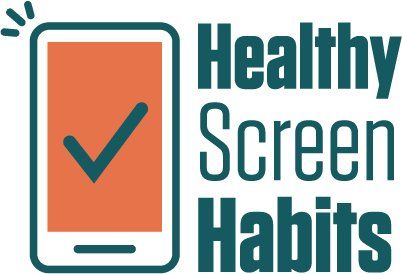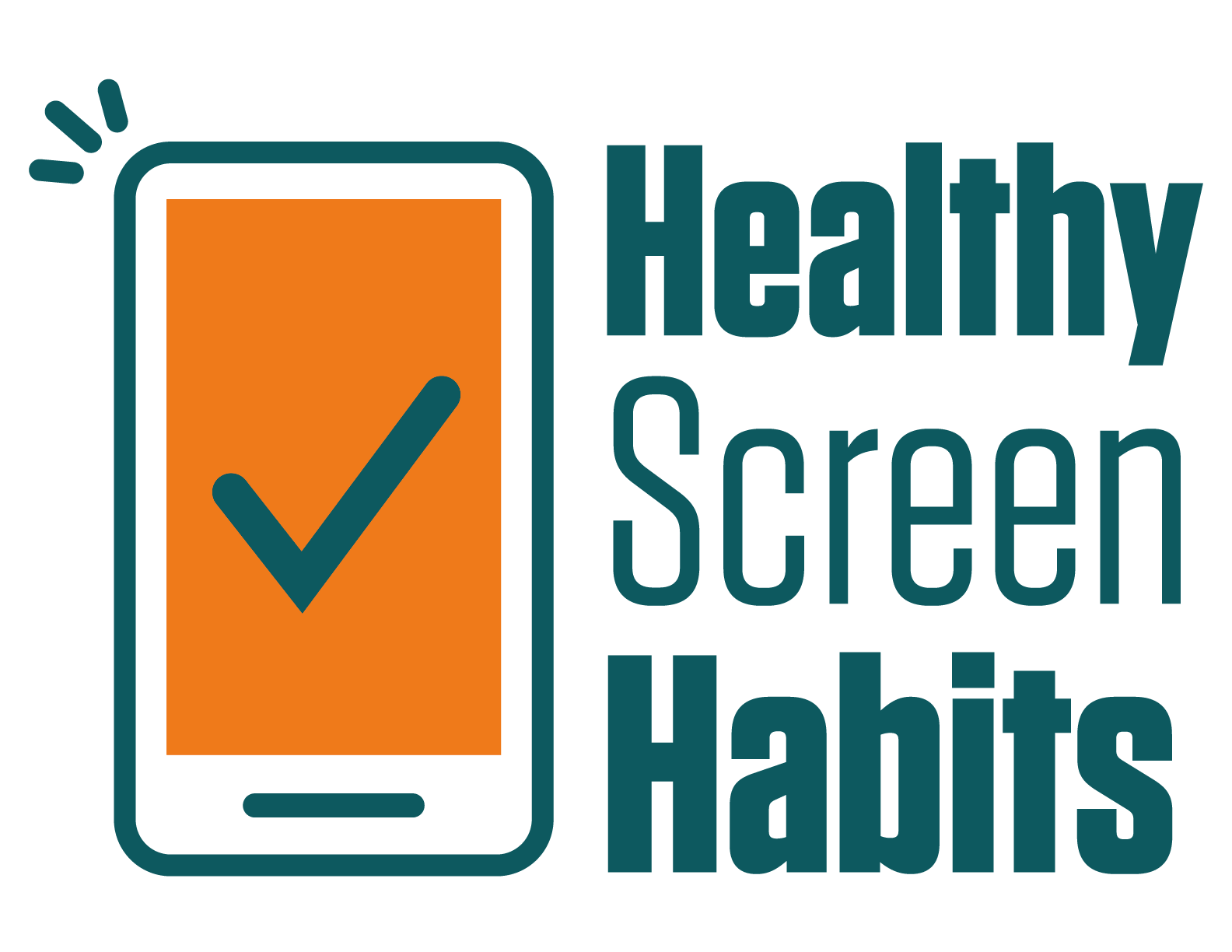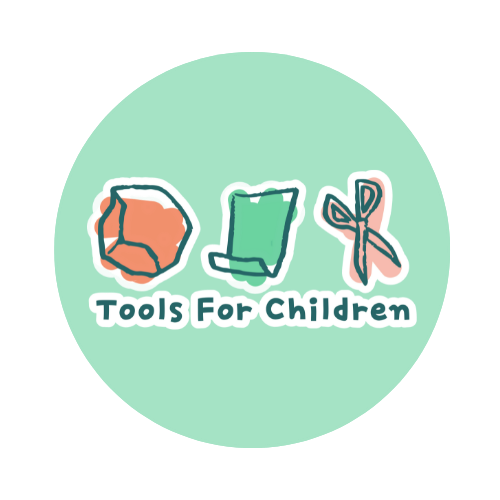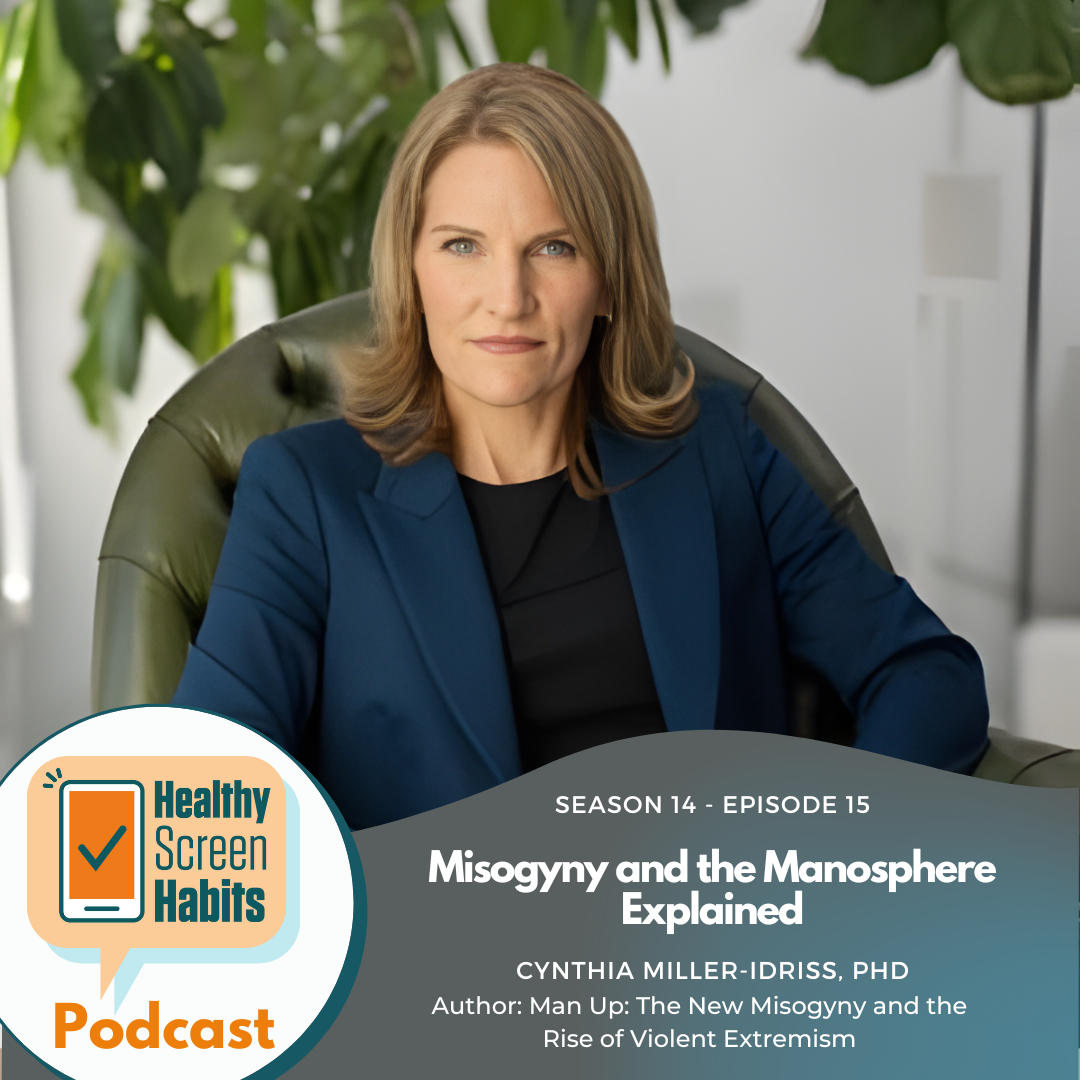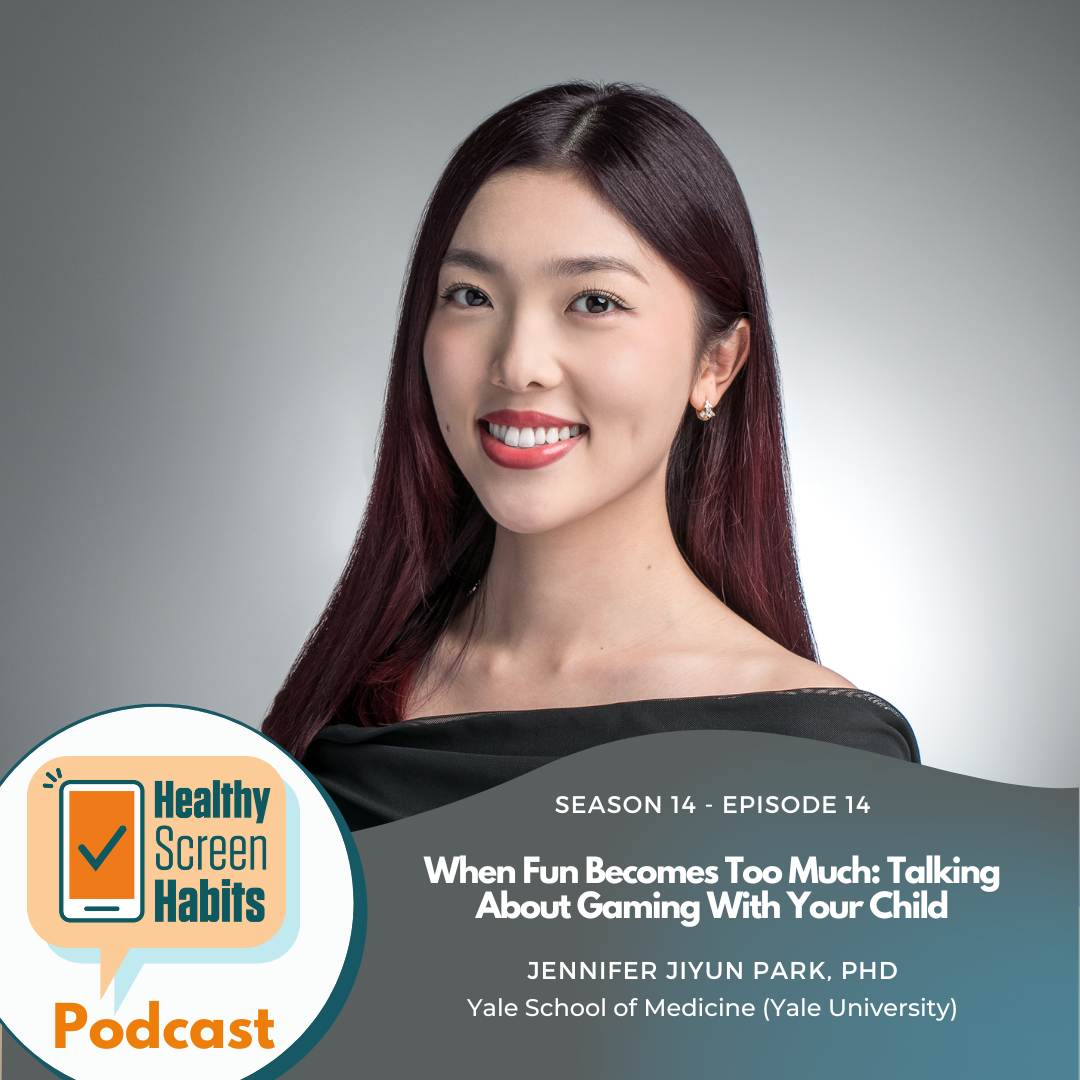S6 Episode 4: Growing Your Tech Management Toolbox // Patricia Parker
Hosted by Hillary Wilkinson
"The 4 C’s of key importance in the early years:
Connection
Creativity
Communication
Compassion"
Patricia Parker is the founder of Tools for Children, an organization whose mission is to help parents reduce passive screen time by encouraging creative play and opportunity. Originally from the Washington DC area, she holds a BS from LaSalle University and was deeply entrenched in corporate America before starting her family. Tools For Children provides actionable suggestions for families of all ages and stages.
Healthy Screen Habits Takeaway
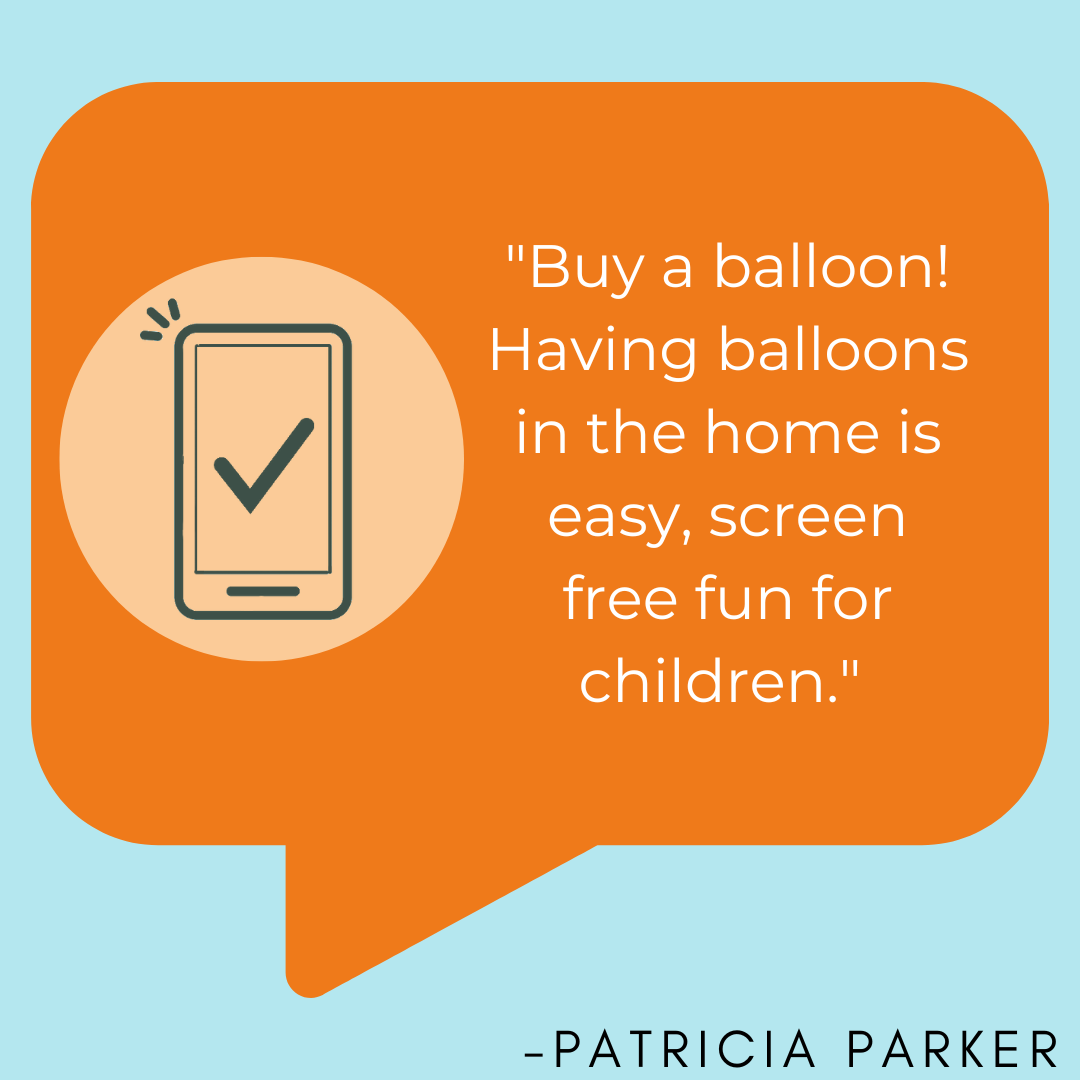
Resources
For More Info:
Bruce D Perry - Social and Emotional Development in Early Childhood [CC]: Youtube Link
Stacking Dinosaur Puzzle: Amazon Link
3 Tier Cart:
Amazon Link
Show Transcript
Hillary Wilkinson (00:03):
My guest today is the founder of Tools for Children, an organization whose mission is to help parents reduce passive screen time by encouraging creative play and opportunity. Originally from the Washington DC area, she holds a BS from LaSalle University and was deeply entrenched in corporate America before starting her family. I love Tools For Children because they provide actionable suggestions that we can all employ really for families of all ages and stages, but especially for our littles, which is who we're focusing upon this season. I cannot wait to get more tools for my toolbox. Welcome to Healthy Screen Habits, Patricia Parker!
Patricia Parker (01:29):
Hi. Thank you.
Hillary Wilkinson (01:31):
I'm so glad you're here. And before we go on, I'm just gonna, uh, let people know, Patricia has told me it's okay to call her Pat, so I will, I will flip between Pat and Patricia <laugh>. Okay. So going on the theme of names Pat. I love the name Tools for Children. It honors and respects the developing minds and people the little guys are becoming. So knowing that, your background was in business, what brought you to this digital wellness and education arena?
Patricia Parker (02:10):
Um, so yes. Uh, my background is in business. Um, but in 2016 I had my first child and my first child, uh, ended up going through some medical issues and it led me to make the decision to become a stay-at-home mom. I feel like it's so easy to just be around each other in today's world and not actually pay attention to each other. Right. And I think that's what inspired me to create the Tools for Children organization. And this especially happened during C O V I D, I was introduced to the concept of limiting screen time altogether. I was on YouTube. And I came across a video by Dr. Bruce Perry and he talked about, um, social and emotional health. And one of the things he focused on was the relational landscape and how it's changing. And he talked about how children have fewer emotional and social interactions with fewer people and how scientists were trying to figure out what kind of impact it had on modern life. Yeah. And, the developing child. Mm-hmm. <affirmative>. Um, when you really think about relationships in life, that's like the one aspect where despite how many siblings you have, despite how much money you have, despite where you live, it's the one constant in our life, it's relationships.
Patricia Parker (05:35):
Mm-hmm. <affirmative>, it's the thing that we all need. Um, and Dr. Bruce Perry talked about children needing the interactions, children needing their parents to be a safe space. Children needing parents to be attentive because it really plays out in our, in our adult life, it plays out in our teenage life. And, um, he more so related it to the brain in a way we are wired mm-hmm. <affirmative>And so that one video kind of made me realize, like, it inspired me to connect with my children more, to actually put the phone away and make eye contact and let them touch me more. And just to be honest with you, I was a little burnt out because I had already been home for some years and I had expected to return to the working world.
Patricia Parker (06:41):
Mm-hmm. <affirmative>. And I think it's natural for parents after a long day of work to try to let ourselves down and entertain ourselves through our devices. But what happens is when we don't pull away, we're pulling away from our children.
Hillary Wilkinson (09:32):
So much of the younger years are all about hitting milestones and growth and development. Seems like every appointment we have, there's always like a milestone checklist and <laugh>, you know, all this anxiety producing stuff <laugh>, but, and also creating like, experiences that will allow for scaffolding of later learning. And they have this so that they have this base to really sink into and build upon. I'm just curious because you've kind of spent some time diving into this, what are some key things that you think are of the greatest importance, during these really early years?
Patricia Parker (18:41):
So some of the things that I really think is really important in the development of a child or even the life of a young child, are four things. And that would be connection, creativity, communication, and compassion. So just kind of like how Dr. Bruce Perry talks about how relationship relationships are really important, um, for us as adults and as children. I think that having a connection, having a parent or a parental figure who is a safe space for you in your childhood is really important. Um, it's rewarding to have social relationships where we can, where kids can touch you and kids can know that if they come to you, that you will be attentive to them, um, where they can express themselves socially, emotionally and get a healthy response back. And I think that when we use our devices and a kid is having a tantrum or a kid is upset about something and we tell them like, okay, wait.
Patricia Parker (20:00):
And we never get around to that thing because now we're scrolling and we're not, you know, leaning into the relationship or giving that, that child the attention that they deserve, then we're doing a disservice to their connection. And it's just something that we always need in life. So, um, I believe that kids need, kids need their mother, they, they need their father, and we can, well one of the benefits to decreasing screen time is connecting. You get the opportunity to connect and to be attentive. Um, the next one, creativity. Well, we're not using our devices as much or we're not using so much screen time. We get the opportunity to self-express and kids are able to use their environment, use themselves to think of things and do things they normally would. They wouldn't if, uh, their environment only included or was mainly based around a television screen or a tablet.
Patricia Parker (21:05):
If you provide paper or glue or glitter or puzzles or blocks or mud or rice, I mean, the list can go on. Kids then get to use their imagination. They get the opportunity to, apply what they may have learned at home, at school or at school, at home. They get to act out what they see Mommy and daddy do. I mean, creativity is really important. Like I said before, like I mentioned before for innovation mm-hmm. <affirmative> and for practice and theory and for, um, self-expression is it's just a healthy thing to do. Um, and a healthy thing to have. Um, and then communication. Communication is a big one. We, we kind of know like these days, if you talk to a person, the their face is in their screen and not on you. And I think that when we slow down, when we model, um, what communication looks like in person for kids, they're able to then pick up those habits and, um, they can have expectations, but they also are able to model that and carry those expectations out for other people.
Patricia Parker (22:23):
And so what I mean by that is giving kids eye contact when you're giving directions. Uh, we should be being attentive, we should be looking at our children when we're talking to them. And I think equally, when they talk to us, we should be looking at them as well. You know, it's very frustrating to think that you're having a conversation with someone one-on-one and they're in, you can tell that their brain is in 20 different directions or or on one thing, like a device, and it's not on you. I think it sucks. I think kids can pick up on not feeling as important or feeling ignored. And so helping them to see what healthy communication looks like outside of devices is important. They get to learn what a healthy pause looks like, what, um, communication cues are. Um, and I'll go as far as saying even arguing.
Patricia Parker (23:22):
Mm. Allowing your child to see you have a healthy argument in person versus through text or disagreement. Because then they know like, Hey, we can disagree I've seen mommy and daddy do it. I've seen mommy do it with her friend. I've seen her friend do it with, uh, whomever. And I know that this is how we can healthily. We can disagree in a healthy way. This is how we can communicate in a healthy way. I think when we do all of our, you know, texting and talking through through the phones, they don't get the opportunity to know what that looks like.
Hillary Wilkinson (24:05):
Right. I have never even thought of that before, but you're absolutely right. By taking all of our communication and putting it online, we're actually depriving our kids from learning through example, not just disagreement, but I mean how, what, you know, how you have different voices with people, how you talk to maybe a doctor's office versus how you talk to your best friend, how you talk to, you know. And it is like, I mean, if we, if we do all of that online, they, they're not gonna see that. They don't exactly. They don't know. So I, I love that. I've never thought of that before. Yeah. And what was your fourth C?
Patricia Parker (24:47):
And my fourth C is compassion. And I think when we are, using that first C connection and we're using that third C communication, we are helping our children to learn how to be more compassionate because we're connecting more and we're listening better and we're paying attention. And I do believe that that increases empathy. You cannot empathize with someone that you aren't listening to that you don't know how to listen to. So, um, those are the four things. Connection, creativity, communication, and compassion. These are some key things that are really important for children and they're really important for us as we just grow through life, having a hard time pulling, pulling away from our devices, can deprive us of these four things.
Hillary Wilkinson (25:40):
So I totally agree. Okay. We have to take a quick break, but when we come back, we're gonna spend some time learning from Pat about the best ways to teach our littles about technology.
—-------Ad Break - 988 Suicide and Crisis Lifeline—-------------
Hillary Wilkinson:
Today I'm chatting with Patricia Parker, founder of the organization: Tools for Children. They give parents of young children practical suggestions, life-changing resources, and judgment free support for reducing screen time. Whatever your screen time goal is, they want to help you reach it. So Pat, something I love about the Tools for Children website is I feel like just by visiting it, people can take something away immediately and employ it in their own home. And one of the things that comes to mind is a post of yours from September of 2022 that talks about decreasing phone time by staging your home. So can you explain what, like, what does that look like? Cuz I thought, oh my gosh, this is something that like I could go and, and do in my house right now.
Patricia Parker (27:28):
<laugh>. And so I think that you, you, uh, you're spot on when it comes to helping parents decrease, uh, screen time or just, you know, increase digital wellness. We don't wanna tell them that they have to go out and buy a million toys or we don't wanna feel like we have to throw our iPhones in the trash, but we do want practical ways that make sense, that are manageable, um, for us to navigate our new world around technology. Um, and so there was a article that I wrote, um, that talked about decreasing our phone addictions by staging our home. And what that simply means is, you know - We're really attracted to our phones. It's, it's just, it's an amazing thing. We can't, we can't deny that it's, it, it, it has its cons, but it's also helpful.
Patricia Parker (28:27):
Right? I think we've, we can kind of understand that it's helpful and harmful, right? It's harmful in the fact that sometimes we fall out of, out of balance, out of real life and we want it to be helpful when we want it to be helpful. So one of the things that we can do is prepare or stage our environment in, in our home. So that means that if you have something that you really like or a hobby that you promised yourself that you were going to get into five years ago, that now is the time to actually bring that thing out. Because when you really think about it, if you leave your bike or a skateboard in a garage, even though it's, it makes sense depending on space, when are you going to get around to riding it? When are you gonna get around to using your, uh, roller skates?
Patricia Parker (29:21):
You have to bring those items out so that your brain says,” Aha! I remember you. I'm gonna go take you out today. I'm gonna go for a ride today.” Um, for me, this looks like books. I normally have like books that I wanna get through for the year or some recommendations someone told me about. I do a lot of gardening, so I'll have the better home, um, magazines in my bathroom. I'll have them on my coffee table. And even when it's cold outside, because it does get cold in Philadelphia, um, I can just get inspired and get excited and look at all the new ideas, the new planters, and the the new flowers and the garden shows that are gonna come up. And instead of like going on my phone and mindlessly scrolling, I can start to get into my hobbies.
Hillary Wilkinson (30:14):
And I totally think that it holds hands with the second C that you introduced in the first part of the podcast. The creativity. Yes. Because by staging your home, you're creating that what you referred to as “creative opportunity”. And I love that how it all holds hands. So how do you do this for your kids?
Patricia Parker (30:55):
So I stage my home by making sure that, um, in different areas they have things that they can do. Mm-hmm. <affirmative>, uh, so on our, on, on their little table, they have like a little table and two chairs. They have a puzzle, but the puzzle isn't like a flat puzzle that you would you like, we normally think of, when we think of puzzles, it's a stacking puzzle. So they have to stack all these different dinosaurs to balance them out. And it's a really cool thing cuz they just come in and they, they'll play with that or,
Patricia Parker (31:44):
I actually have all of my kids toys in a dresser. It's really pretty. It has a lamp, it has a, has all the Pinterest kind of layout that you would expect and they actually can pull the drawers open. And it, it also is like a lifesaver for me because when you, when you're preparing your environment, when you're staging your home, it can look like toys everywhere.
Hillary Wilkinson (32:07):
Not, it can look like not the Insta Perfect home <laugh>. Exactly.
Patricia Parker (32:12):
So I found ways to like still have my sanity, but they have blocks, they have magnet tiles inside the drawer, they have puzzles, they have, um, what else do they have? They have action figures mm-hmm. <affirmative>. So they have a lot of things that they can play with there. And then we also in the dining room keep a three-tier IKEA cart. And then that cart kind of like, you kind of like a toy rotation. I rotate the materials that the kids have available to create with. So that's that creative opportunity again. They have paint, they have glitter, sometimes they have stickers. Um, like I said, they have all the materials that we don't wanna clean up. They're at the age now where it's not as hard, but it's so fun and it's so rewarding watching them, um, say, “Mom, I'm, I'm gonna make a plane!” or mm-hmm. <affirmative> “Mom, look at this, I created that!” and we're at the stage where I don't have to ask them to do it. Mm-hmm. <affirmative>, they just wanna do it because it's there for them and they understand it's available to them. I don't create rules around it except for like when you're done, put it back. And me even still at, at that age, I'm still putting things back, but they are free to have whatever is on that cart. Including scissors, including scissors. Kids love to cut things up. So
Hillary Wilkinson (33:31):
Yeah. <laugh> No, and I love how you're giving people license to have a dirty dining room table or to have, you know, or to set aside space that you just go, yep, this is construction zone. Like this is mm-hmm. <affirmative>, this is how it is in our home. It's mm-hmm. <affirmative> and it's, it's actually more healthy than the beautifully staged, sterile environments that we see, you know, so many times when we're losing ourself online. So one of the things that I feel like every parent or, caregiver of young children can relate to is this feeling of never being alone <laugh> and always being observed. So, I mean, I feel like we've got eyes on us when we don't even realize we've got eyes on us. Right. So that being said, we have to be aware that we are under observation at all times. These are golden moments to model good screen habits. So can you talk a little bit about why, why knowing that is important and why this is important?
Patricia Parker (35:34):
Um, so as the famous quote goes, “do as I say, not as I do” <laugh>. Well, we've lived long enough to know that children do what we do. Mm-hmm. <affirmative> They do mostly what we do and they pick up, they're so impressionable, they pick up what we do. And a lot of times, like you said, we don't realize it until there's a word repeated and…
Hillary Wilkinson (36:02):
mm-hmm. <affirmative>,
Patricia Parker (36:03):
You're like I didn't know that he heard me. Yes. I didn't know that she saw that. Um, and you can look at it even as far as like having a boy. If you're a girl and you're, you go to the bathroom, you'll, you will see your child sit, your son sit before he stands because he sees you do it. Mm-hmm. <affirmative>. And so what we do has a great impact on what our kids will try to do. Even if it doesn't stay that way, the first thing that they attempt to do is be like us. So, um, it's really important to not just try to limit screen time for them or increase digital wellness for your children, but to actually live it out for yourself and to model those things because, um, <laugh> they will call you out on it too. Yeah. <laugh>, you know, like, don't think that you're just going to be able to tell them “we don't do this, this and that for that reason”. and then you think you're gonna be able to do it and they won't say anything.
Hillary Wilkinson (37:02):
And they'll say, “no, we don't do” <laugh>
Patricia Parker (37:04):
Uhhuh. Exactly. Exactly.
Hillary Wilkinson (37:07):
The American Academy of Pediatrics recommends no screen time except for video chatting with loved ones for babies up to 18 months. They recommend minimal screen time and only with an adult for toddlers 18 months to two years, and no more than one hour per day of screen media entertainment for preschoolers. So this is all really well and good and aspirational. However, there are times when we have to leave our little ones under the care of others who don't always subscribe to these same beliefs. Do you have advice for what parents can do when they have babysitters or family members who don't support your decision towards decreasing or eliminating screen time?
Patricia Parker (38:10):
Yeah, so there are a few things that come to mind when trying to basically get everybody on the same page, and the first one is just having more than one conversation. A lot of times as adults, we think that once we explain something that should be good enough or the person should understand, but if you live long enough and you, um, have dealt with conflict resolution or you've come against a problem again and again, you'll realize that like, hey, sometimes it actually takes more than one conversation and that's okay. I think that thoroughly explaining you know, what your expectations are, why this may impact your family, or why you made these rules for your family could really be, um, helpful. And in the conversation, a lengthier conversation may look different from like, “Hey, we just don't use screens, so could you turn that off?” Mm.
Patricia Parker (39:07):
I think that Yeah,
Hillary Wilkinson (39:08):
Yeah. Letting letting people know your “why” behind what your decisions are.
Patricia Parker (39:14):
Exactly. Mm-hmm. <affirmative>, um, also having, having empathy. And I say that because it is tough in 2022, trying to limit screen time. It's everywhere. It is normal these days. And so if you haven't gone cold turkey or you've never introduced screens at all to your kids and then you introduce them, you kind of know how hard it is to navigate, right? Like your journey and your expectations may look totally different from the babysitter’s because the babysitter may not be practicing this at home. They may not know anything about digital wellness. And like, remembering where you were in your journey before versus where your family may be now may help like slow down the anger, slow down the frustration and help you understand and empathize with the fact that like, hey, I know this is what I do for my house and I know this is what I want for my children, but maybe this person isn't there yet and maybe that's why they may be having a harder time accepting these rules, accepting my expectations.
Patricia Parker (40:33):
And, um, you can go from there. The other thing that goes along with empathizing is preparing an activity, right? Like, I've had my brothers and sisters watch my kids plenty of times and one of the things that are really helpful is when I have the arts and crafts already ready, or when I have the games pulled out, or when I even have a list of some media, some, some shows or some movies that I'm actually okay with my kids watching. So I think it's a teamwork thing and keeping it in mind is really helpful.
Hillary Wilkinson (41:13):
I love that. I love that idea of providing some activities or even just ideas on like, you know, what you could say is like, oh, um, you know, go for a walk and collect pine cones or, you know what I mean? Right, exactly. Exactly. And once they, once you kind of get that momentum started, I think people will understand how much more enjoyable of a time that they're having with your children as well. Yeah. So we have to take a short break when we come back, I'm going to ask Patricia Parker for her healthy screen habit.
—-----------Ad Break —-Bark Technologies—----------
Hillary Wilkinson:
Patricia Parker is the founder of Tools for Children, an organization that supports intentional tech use and provides parents with tools to help reach their goals. So Pat, knowing that tools are your focus, I'm gonna throw you for a different loop. I have to ask, what's your favorite kitchen tool?
Patricia Parker (43:10):
My favorite kitchen tool, probably my air fryer.
Hillary Wilkinson (43:15):
Oh. I have yet to,
Patricia Parker (43:17):
And a ninja foodie.
Hillary Wilkinson (43:19):
I have yet to walk the, uh, air fryer, uh, parade. It seems like people do love them.
Patricia Parker (43:26):
It's a game changer. I'm talking about dinner is done so quickly and then I have the kind that has like the pressure cooker, the air fryer, the, I don't think it has the grill it has bake, it has dehydrate. It just like, I don't know how moms used to cook food back in the day, <laugh>, but the life we're living in 2022 is good!
Hillary Wilkinson (43:48):
<laugh> <laugh>. Okay. So now I wanna ask you about a tool in a different form, which is a healthy screen habit. This is a tip or takeaway that our listeners can put into practice in their own home. I feel like Tools For Children is all about these. Do you have just one you could share with us today?
Patricia Parker (44:12):
Yes. So the tip that I would like to share is to buy a balloon and I say buy a balloon because they're so fun, they're inexpensive. When you pop one, you have so many more because normally when you buy a balloon, they come, you know, 40 in a pack, 10 in a pack, depending on where you, you know, buy them from. They're easily accessible, right? We can go to Dollar Tree and get it. We can go to Amazon, we can go to Walmart, we can go to our favorite stores and they come in all kinds of sizes, colors, they can be filled with glitter and different, um, material. And kids love them. I don't want parents to feel like, okay, now that we're doing this creative playing opportunity, I have to spend a ton of money and I have to find all these, uh, Instagram recommended toys those things are great, they're awesome. But if you wanna start small and if you want to have your kids have some fun, you can just buy a balloon. And one balloon is enough for the entire family, cuz you can play a game.
Hillary Wilkinson (45:48):
Uh Huh
Patricia Parker (45:48):
<affirmative>. And if you've ever heard of the game called Keepy Uppy, it's from the series Bluey. The object of the game is where you just throw the balloon in the air and everybody makes sure that it never touches the ground. Yeah. And so buy a balloon.
Hillary Wilkinson (46:03):
Oh, fantastic. I love that because for all the reasons you've listed and I don't think you could look at a balloon and not think fun, they're inherently fun <laugh>. So as always, a complete transcript of this episode as well as a link to ToolsforChildren.org can be found in today's show notes. You find these by going to healthy screen habits.org. Click on the podcast button and use the dropdown menu to find this episode. Pat, this was helpful and fun and I can't thank you enough for sharing your tools and being here.
Patricia Parker (46:47):
Thank you so much for having me. It was a pleasure speaking with you and I enjoyed this podcast so much.
About the podcast host, Hillary Wilkinson
Hillary found the need to take a big look at technology when her children began asking for their own devices. Quickly overwhelmed, she found that the hard and fast rules in other areas of life became difficult to uphold in the digital world. As a teacher and a mom of 2 teens, Hillary believes the key to healthy screen habits lies in empowering our kids through education and awareness.
Parenting is hard. Technology can make it tricky. Hillary uses this podcast to help bring these areas together to help all families create healthy screen habits.
